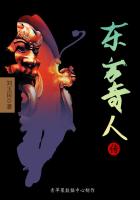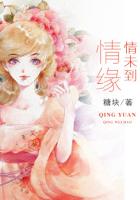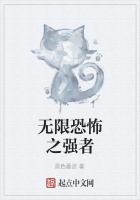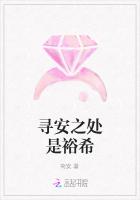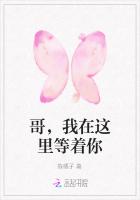Emperor Yang Guang (569-618) was the second emperor of China’s Sui Dynasty (581-618). He had managed to usurp his brother Yang Yong as the crown prince. After his father died, he killed Yang Yong and ascended to the throne.
Emperor Yang was one of the most notoriously debauched emperors in Chinese history. As soon as he ascended the throne in 604, he set about doing two major things: re-designing Luoyang, which he designated as the eastern capital, and the digging of a grand cannal running from south to north.
In 605, he gave orders to conscript over one million people in Henan and Huaibei to dig a canal called the “Tongji Canal” connecting Luoyang with Shanyang (present-day Huai’an in Jiangsu Province) on the south bank of the Huaihe River. Then another 100,000 people in the Huainan region were conscripted to dredge the Hangou Canal from Shanyang to Jiangdu (present-day Huan’an to Yangzhou), which had been built during the Spring and Autumn Period. This made the water and land transportation between Luoyang and the south of the Yangtze River very convenient. Then the Emperor ordered the dredging of two canals: the Yongji Canal from the north bank of the Yellow River in Luoyang to Zhuojun (present-day Beijing), and the Jiangnan River from Jingkou (present-day Zhenjiang in Jiangsu) to Yuhang (present-day Hangzhou in Zhejiang). Finally the four canals were linked into a Grand Canal running from the south (Hangzhou) to the north (Beijing) with a total length of 1,794 km.
When the canal was completed it linked the river systems of the Qiantang River, the Yangtze River, the Huai River, the Yellow River, the Weihe River and the Haihe River. It is historically known as the Beijing-Hangzhou Grand Cannal.
After the completion of the canal from Luoyang to Jiangdu, Emperor Yang sailed to Jiangdu along with 200,000 followers. The flotilla, consisting of 10,000 ships and stretched about 100 km from beginning to end, all on canal waters.
The dragon ship that Emperor Yang traveled in was a four-storied ship and it housed a palace with over 100 rooms. The whole ship was decorated with flower patterns carved in gold and jade. On his trip, Emperor Yang ordered officials to build a road which could be used only by the Emperor on both banks of the canal. He also employed 80,000 laborers to tow the huge flotilla and local cavalrymen to escort the flotilla.
Every time the huge flotilla anchored somewhere, local people had to come to offer them the very best food. There was so much food that the leftovers were buried in a pit. However, the common people who offered the food had hardly enough to eat themselves.
Emperor Yang went for a cruise nearly every year, on his great canal and cared little for the welfare of the common people. During his 14-year reign, he spent some nine years cruising on the Grand Canal.
The great work of the Grand Canal was built with the blood and sweat and toil and the lives of thousands of people. The decline of the Sui Dynasty was directly linked to the debauchery of Emperor Yang.
Emperor Yang had the Grand Canal dug to strengthen his administration over the whole country and to facilitate the transportation of materials from the south of the Yangtze River to the north. Of course, the main aim was to satisfy his own dissipated desires. But, as the great water transportation works in ancient China, the Beijing-Hangzhou Grand Canal was of immensely important significance to the development of the economy and culture of North China, and greatly facilitated the unification of the country.

